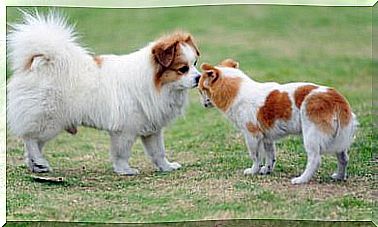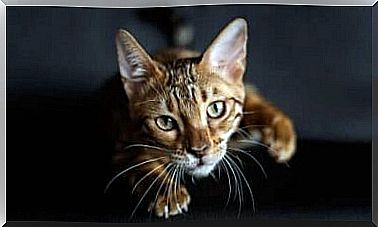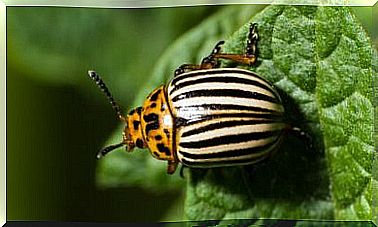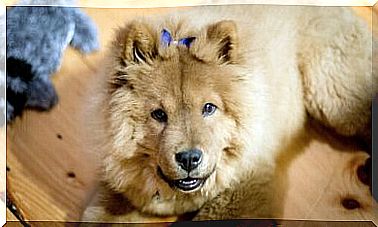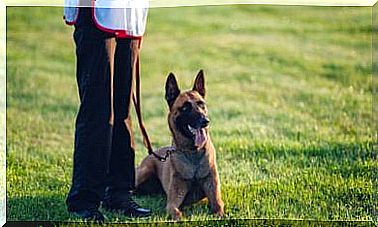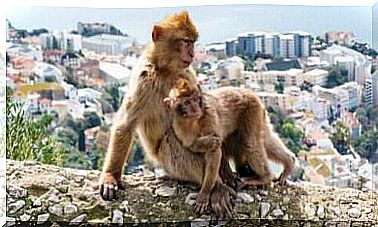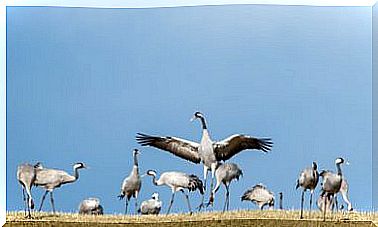The Origins Of Horses, Want To Know About Them?
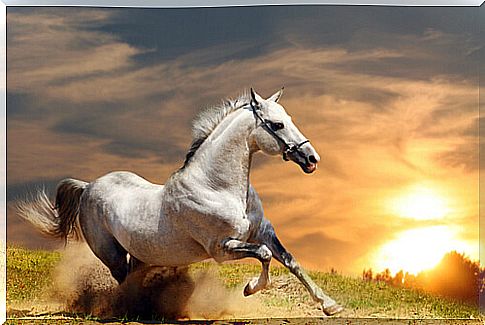
Horses are magnificent creatures that symbolize beauty, elegance and strength. Man has benefited throughout history from this majestic animal, but have you ever wondered about the origins of horses? We invite you to get to know this species a little closer, which has been with us for so long and which we use so much.
There is no exact information on the horse’s origins as a land animal, but the evidence suggests that the relative all the world’s horses have in common is the Tarpan, an animal that was extinct before the 19th century.
Currently, there is no recoverable remains of this animal to allow for further investigation. However, in the caves that preserve rupestrian landscapes, it is possible to appreciate the great similarity between these animals and modern horses.
It is very difficult to trace the origins or ancestors of the tarpan, but it is believed that it was an animal that survived the glaciation (ice age) and that it came from the North region of America, when the land was still a huge Pangea and the continents did not they were separated, later emigrating to the region we know today as Asia.
The fossil evidence of the tarpan is very rich, in addition to allowing the scientific community to unravel the mysteries of its extraordinary evolution, showing the migratory processes that the species had. The oldest known fossil (about 55 million years old) of a horse was the Eohippus, discovered in North America.
It had as peculiarity its paws with pads and not with hooves like the current ones, besides measuring only 30 centimeters.
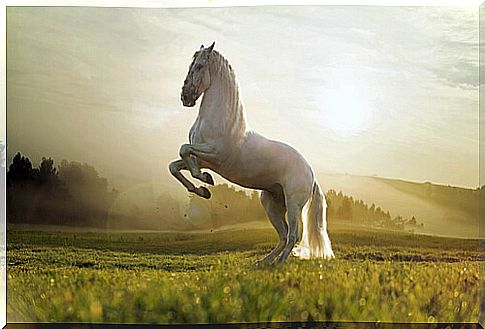
Due to a migratory process (to today’s Europe and then to Asia) and the climate changes that took place in later millennia, the species evolved into three types, the last being the Merychippus, which bore some resemblance to today’s donkeys.
This process of evolution took 25 million years.
After this evolutionary process, appear the first specimens that had hooves in the Eurasian zone and had a size much larger than its oldest ancestor, it is believed that, at that time, the specimens that lived in America became extinct approximately eight times ago. a thousand years.
These animals were divided into two subspecies, the Dinohippus and the Pliohippus, which are what we know today as the tarpan.
Both subspecies managed to survive, the others became extinct during the ice age, unfolding throughout Europe, Asia and Africa. According to the climatic and geographic conditions, the horses ended up acquiring the structure of the current races.
types of horses
The forest horse: It is a solid horse, with a large head and hooves, and it is very likely, due to its physical structure, that it is the ancestor of draft horses and cold-blooded horses.
The meseta horses: These are horses much smaller than the forest horses, they were of a fine and resistant type. It is likely that they are the ancestors of the Mongolian semi-savages.
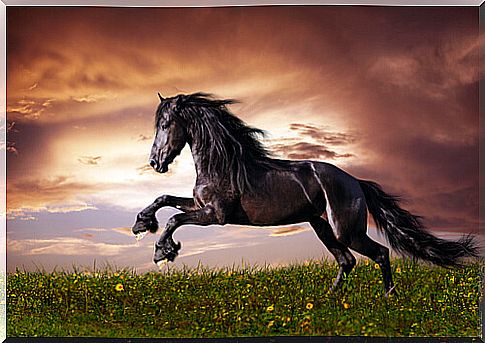
The steppe horse: It was of a lighter type and originated the Arab races and the Bard, which, in turn, are the ancestors of the modern thoroughbred.
The Tundra Horse: Perfectly adapted to cold climates, it was the largest and heavy specimen. Yakut, originally from the polar zones, seems to be its only descendant today.
Horses were domesticated approximately six thousand years ago, and this is of vital importance for the development that humanity had. Possibly, the first to domesticate them were the nomadic tribes near the Caspian and Black Seas.
Currently, some members of the scientific world have recovered the tarpan through the crossing of the DNA of horses from the oldest races, favoring those that did not suffer much crossbreeding and maintained a certain resemblance to its predecessor. It breeds in herds of Polish mares, although its character will always be hybrid.
